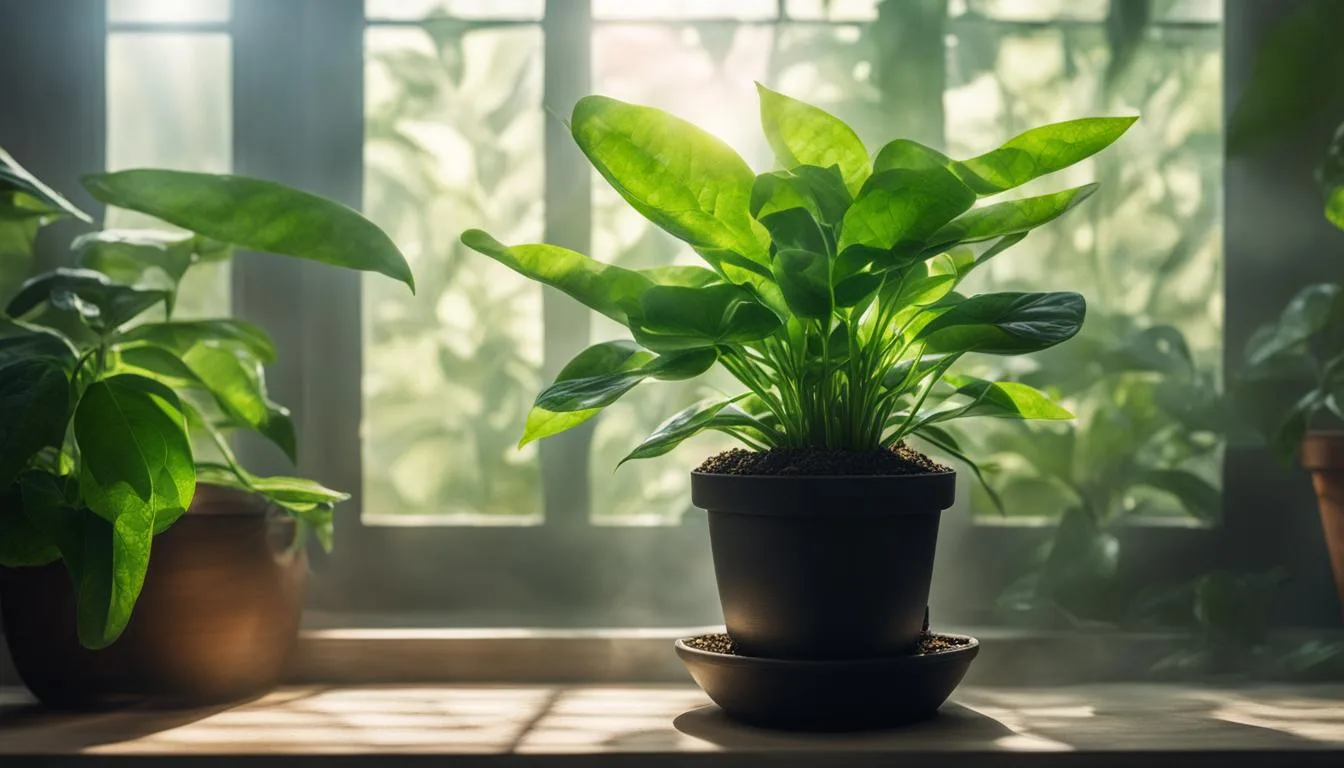
Greetings, fellow plant enthusiasts and those on a quest for cleaner air in their sanctuaries! I’m here to guide you through the green wonders that do more than just beautify our spaces.
As an avid planter and a staunch supporter of natural remedies, I’ve seen firsthand how the top houseplants to purify the air in your home can transform an ordinary room into a vibrant, oxygen-rich haven.
It’s no secret that with our modern lifestyles, our interiors are often laden with contaminants—even more so than the world outside. But fear not, with the help of some diligent air-purifying houseplants, we can take a deep breath of relief.
Through the marvels of plant-based air purification, these silent guardians absorb notorious villains such as benzene and formaldehyde, which lurk in the very air we breathe. What are these villains, you might ask? They’re volatile organic compounds, or VOCs for short, that can emerge from everyday items like furniture and paints.
The addition of indoor plants for clean air is like assembling a green team of guardians for your health. The best part? You don’t need to have a magic touch or a sprawling garden; even those among us residing in the coziest apartments can accommodate some of the best indoor plants for air purification.
Key Takeaways
- Indoor air is often more polluted than outdoor air, but air-purifying houseplants can significantly reduce this invisible hazard.
- Plants like the spider plant, peace lily, and bamboo palm rank high as indoor plants for clean air and can tackle common household VOCs.
- For the greenest impact, aim for at least two sizeable air-purifying houseplants per 100 square feet of indoor space.
- If you’re new to plant parenting, don’t stress; there are plenty of low-maintenance, potent natural air purifiers to start with.
- A combination of plant-based air purification methods and traditional air filters can create the best environment for breathability and health.
- Remember, not all plants are pet-friendly, so opt for non-toxic varieties if your furry friends share your space.
Understanding Indoor Air Pollution and Plant-Based Solutions
The quest for better indoor air quality has never been more critical. As I immerse myself daily in the comfort of my own home, I’ve come to realize the invisible challenges it harbors.
A myriad of pollutants, from the subtle scents of paints to the deep fibers of carpets, insidiously degrade the sanctuary I call home. They release volatile organic compounds (VOCs) which, according to the Environmental Protection Agency (EPA), can contribute to an indoor air pollution level that’s several times higher than outdoors.
Understanding that others might also be confronted with these risks, I want to highlight not only the dangers but also practical indoor air pollution solutions. It’s here, in our bedrooms, living rooms, and spaces of solace, where we can leverage the purifying prowess of plants.
Yes, nature’s very own arsenal of home air purification warriors stands ready to enhance the environments where we spend roughly 90 percent of our time.
Why Your Indoor Air May Be More Polluted Than You Think
It’s unsettling to acknowledge that our indoor atmosphere, a presumed safe haven, can be a reservoir of pollutants. This realization struck me as I researched how materials in our homes—from the cozy couches to the varnished bookshelves—emit hazardous VOCs like formaldehyde and benzene.
My ongoing battle for cleaner air led me to recognize the necessity for effective indoor air pollution solutions.
How Plant Therapy Contributes to Cleaner Indoor Air
In my green-thumbed journey, I’ve unearthed a powerful ally: plant therapy for cleaner indoor air. Turning to common houseplants for air purification introduces a natural, sustainable method of detoxifying our dwelling spaces. These verdant saviors employ photosynthesis to remove unwanted toxins, acting as organic air cleaning plants.
It’s not just about what these plants take away, but also what they give—namely, a continuous supply of fresh oxygen. Let’s delve into the plants for cleaner air that offer these extraordinary benefits.
- Clean air houseplants such as the Spider Plant and Peace Lily not only combat airborne toxicants but delight the senses with their simple elegance.
- Organic air cleaning plants, particularly those adaptable to low light, thrive indoors, making spaces like bathrooms and work areas healthier.
- The integration of home air purification systems, such as HEPA filters, and the inclusion of common houseplants for air purification provide a dual shield against indoor pollution.
When visiting my local nursery, I often advocate for plant therapy for cleaner indoor air. The verdant displays are not just decor; they’re a testament to nature’s ability to sanitize and soothe. Each leaf acts as a filter, each root a purifier, meshing seamlessly with technological purifiers to enhance indoor air quality.
With a compelling blend of both the natural and the mechanical, we can secure for ourselves a sanctuary free of airborne assailants. As I sit here, surrounded by my leafy companions, I rejoice in the knowledge that every breath is a cleaner one, thanks to the silent toil of my potted friends.
In the following table, we’ll compare some of the most effective clean air houseplants to illustrate the diversity of options available for enhancing your home’s air quality.
| Plant Name | Benefits | Best for Room | Light Requirements | Pet Friendly? |
|---|---|---|---|---|
| Bamboo Palm | Filters Formaldehyde, Benzene, and more | Living Rooms | Bright, Indirect Light | Yes |
| Gerbera Daisy | Removes Benzene, improves mood with bright colors | Bedrooms | Moderate Sunlight | Yes |
| Peace Lily | Filtrates VOCs, thrives in humid conditions | Bathrooms | Low to Moderate Light | No |
| Spider Plant | Targets Formaldehyde and Xylene | Offices | Moderate or Indirect Sunlight | Yes |
The pursuit of indoor air quality is a noble one, and with the adoption of clean air houseplants, I’ve observed the tangible benefits they bring to my home. Through the combined efforts of these resilient flora, my interior landscape has never been more serene or more invigorating. Reader, I invite you to join me in this green revolution—the transformation of our homes into bastions of purity, one plant at a time.
The Science Behind Air-Purifying Houseplants
As someone deeply fascinated by the symbiotic relationship between humans and nature, I’ve always been drawn to the elegant simplicity of how plants improve our lives, particularly the air we breathe.
Exploring the inner workings of indoor plants for better air quality reveals a captivating natural science. These unassuming housemates, aside from adding a flourish of green to our indoor spaces, engage in the quiet yet profound act of biofiltration with plants.
My affinity for houseplant air quality improvement stems from the knowledge that, through photosynthesis, our leafy allies are working tirelessly. They absorb carbon dioxide and convert it into refreshingly clean oxygen, which they generously share with us.
In this ceaseless cycle, we find ourselves benefiting from a mutually supportive relationship. I’ve delved into this topic, finding that the contribution of plants to our health is backed by concrete research and evidence.
It’s more than just a swap of gases, though. Studies have indicated that certain plants possess the remarkable capability to absorb and neutralize airborne toxins.
These toxins, many of them invisible to the naked eye, can come from everyday objects and materials in our homes, releasing harmful VOCs into our sanctum. What these research findings translate to is a method of filtering the air that is as eco-friendly as it is effective.
Through the power of their leaves and roots, plants act as natural purifiers, easing the load of man-made air filters and providing us with a greener, more sustainable way to maintain the sanctity of our indoor spaces.
Let me share a visual comparison of a few air-purifying champions, demonstrating their respective strengths in a clear and engaging manner:
| Plant | Air Purifying Compound | Plant Feature | Additional Benefit |
|---|---|---|---|
| Peace Lily | Formaldehyde, Benzene, Trichloroethylene | Shade-loving with elegant white blooms | Humidity-loving, ideal for bathrooms |
| Bamboo Palm | Ammonia, Benzene, Formaldehyde, Xylene, Trichloroethylene | Tall stature, palm fronds | Non-toxic, safe for pets |
| Spider Plant | Formaldehyde, Xylene | Hardy, adaptable to various environments | Safe for pets, produces offshoots readily |
In my quest for a healthier indoor environment, these plants have not only adorned my living space with visual appeal but have also served as a cornerstone for my commitment to biolfiltration with plants.
It’s a small yet impactful step towards creating a living space that not only looks good but feels good—one in which the air is just a little cleaner and a little fresher, thanks to the silent work of our green companions.
Top Indoor Plants for Better Air Quality
As an advocate for natural health, it has been my delight to discover that indoor plants for better air quality do exist and perform incredibly well, particularly those highlighted in the NASA clean air study.
These powerhouses not only oxygenate our homes but also play a significant role in neutralizing harmful toxins such as formaldehyde, benzene, and trichloroethylene.
NASA Clean Air Study: Plants That Make the Cut
Delving into the revelations of the NASA clean air study, it’s fascinating to learn how certain plants are not merely ornamental but are essential as pollution-reducing plants.
With a natural flair for filtering out indoor pollutants, these key players are versatile allies in our quest for a healthier living environment. Their innate ability to improve indoor air quality is both awe-inspiring and a prompt to integrate them into our domestic spaces strategically.
Among the top houseplants for clean air, those identified by NASA—such as the Peace Lily or the Bamboo Palm—remarkably break down airborne toxins and convert them into benign substances. Here’s an appreciation of their silent yet vital contributions:
What’s in the air we breathe? It could be an invisible cocktail of chemicals, but with the right houseplants, we’ve got nature’s own detox unit at our disposal.
Plant Picks for Low-Light Environments
I can personally attest that sourcing top indoor plants for oxygen need not be constrained by brightness levels within your abode. Low-light houseplants have been my steadfast companions, thriving and purifying effortlessly despite the limited luminosity of my living space.
The peace lily and spider plant, for instance, stand out for their adaptive growth and are highly recommended as easy-to-maintain indoor plants.
Houseplant Air Quality: Size and Leaf Surface Matter
In considering the right indoor plants for wellness, I’ve learned that size does matter. Larger plants and those with expansive leaf surfaces excel in cleansing indoor atmospheres more effectively.
Your houseplant selection guide should include factors like available space and the plant’s growth potential—as they correlate directly to the volume of air the plant can purify.
A fine example is the proliferation of oxygenating houseplants with ample leafage that magnifies their ability to filter indoor air. The splendor of a well-placed fern or an elegantly trailing ivy isn’t just visually appealing but beneficial to our respiratory well-being.
Reflecting on these insights, I am eager to present to you a curated houseplant selection guide in the table below, enthusiastically encouraging you to cultivate your own oxygen-rich, toxin-free haven.
| Houseplant | Toxins Removed | Best Suited For | Care Level |
|---|---|---|---|
| Bamboo Palm | Formaldehyde, Benzene | Spaces with full to partial sunlight | Low |
| Peace Lily | Benzene, Formaldehyde, Trichloroethylene, Ammonia | Living areas and bathrooms with low light | Medium |
| Spider Plant | Formaldehyde, Xylene | Office environments with indirect sunlight | Low |
| Gerbera Daisy | Benzene, Formaldehyde | Bedrooms with moderate sunlight | Medium |
Gazing at my thriving green companions, I’m ever so grateful for the serenity and clean air they provide. Each one has been carefully chosen for its air-purifying properties, ease of care, and ability to prosper in my specific indoor environment. My life is richer and healthier with my verdant friends—and yours can be, too.
Choosing the Right Plants for Pet-Friendly Homes
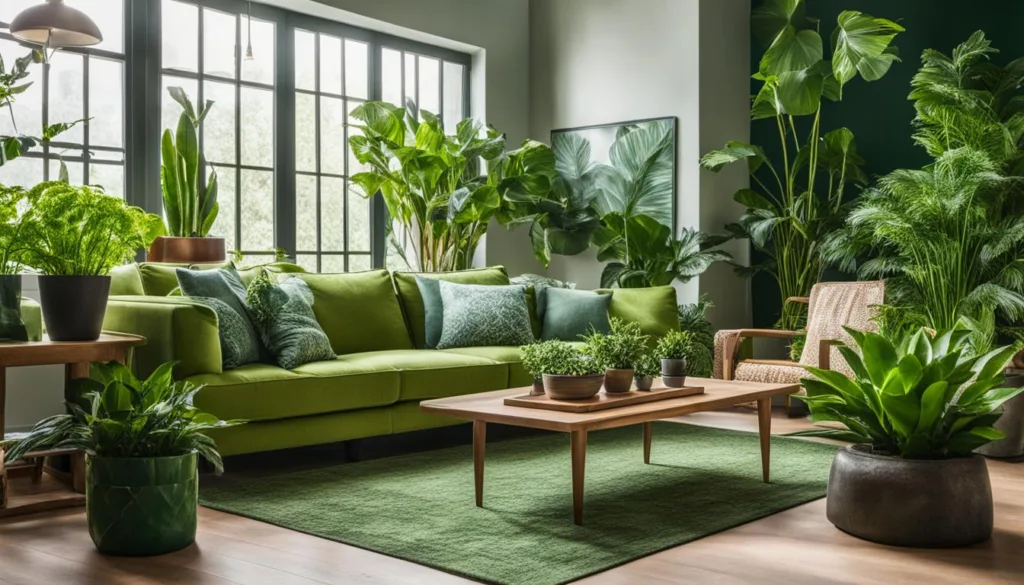
As a pet parent myself, I recognize the importance of creating a living space that is safe for all members of the family – including our furry companions. When it comes to bringing greenery indoors, we’re often confronted by the challenge of finding both pet-friendly houseplants that can purify the air and vibrant adornments that bring life to our homes, while ensuring they’re non-toxic houseplants to animals.
In my findings, a diverse array of flora can meet these criteria, showing that beauty and pet safety can indeed go hand in hand. Let me share with you a guide to selecting the perfect plant pals for your pet-friendly household.
Choosing pet-friendly houseplants isn’t just about avoiding a trip to the veterinarian; it’s about peace of mind. Knowing that your plants enrich the air quality without posing any risk to pets allows you and your pets to breathe easy and enjoy the natural aesthetic.
Below, you’ll find a curated list I’ve crafted to ensure you pick the right plants that can coexist harmoniously with your pets.
Always remember, a pet-friendly home is a happy home, and with the right houseplants, it’s also a healthy one.
Before you get planting, here’s a quick tip: even amongst non-toxic houseplants, it’s good practice to keep them out of reach if your pets tend to chew on things they shouldn’t.
| Houseplant | Why It’s Great | Non-Toxic to Pets? | Care Level |
|---|---|---|---|
| Boston Fern | Thrives in humid environments and lush in appearance | Yes | Moderate |
| Spider Plant | Adapts to various light conditions and purifies the air | Yes | Easy |
| Prayer Plant | Displays fascinating foliage with distinct folding at night | Yes | Moderate |
| Bamboo Palm | Great for filtering the air; adds tropical flair | Yes | Easy to Moderate |
| African Violet | Produces lovely flowers and thrives in lower light | Yes | Moderate |
| Areca Palm | Effective at purifying the air; resembles bamboo | Yes | Moderate |
I cannot stress enough the joy that lush greenery can bring into a home. And when the foliage is pet-friendly, it doubles the delight. My home is a testament to how well animals and plants can coexist when you choose wisely.
So, embark on this pet-friendly garden journey, and your pets will thank you for the leafy playmates that also cleanse the air they breathe.
Knowing that I’ve made informed choices for my home gives me the utmost confidence to recommend these vibrant, non-toxic houseplants to fellow pet owners who desire a harmonious, healthy living space for every member of their family – paws, claws, and all.
Eco-Friendly and Allergy-Reducing Varieties
Embarking on a mission to create a non-toxic home environment has led me to a deeper understanding and appreciation for eco-friendly houseplants. I’ve learned that integrating allergy-reducing plants into our living spaces is not just about embellishing our homes with greenery, but about nurturing our well-being.
These plants do wonders for filtering out the allergens and pollutants that sneak into our sanctuaries, doing so with utmost grace and safety for our loved ones and pets.
Allow me to share with you some of the magnificent green allies that have proven to be both eco-conscious and friendly toward those with sensitivities.
The bamboo palm stands out among them, showcasing its ability to clear the air while posing no threat to our furry friends. Similarly, gerbera daisies brighten our rooms and our moods, all the while diligently scrubbing the air of harmful substances.
Discovering Non-Toxic Houseplants for a Safe Home
It’s no small matter to select the right plants that align with our vision of an eco-friendly, allergy-reducing, and non-toxic household.
I’ve put together a table for you, my fellow plant lovers, to illustrate the exceptional qualities of these green companions, so you can choose with confidence and create a safer, cleaner space for you and your family.
Our homes should be a place of refuge, not just from the world, but also from the unseen pollutants we live with every day. Choosing the right houseplants is a beautiful, life-affirming way to breathe easier at home.
| Plant Name | Benefits | Allergy-Reducing | Non-Toxic to Pets |
|---|---|---|---|
| Bamboo Palm | Exceptional at filtering formaldehyde and benzene | Yes | Yes |
| Gerbera Daisy | Brightens spaces; removes benzene and improves air quality | Yes | Yes |
| Boston Fern | Natural humidifier; great for those with dry skin or respiratory issues | Yes | Yes |
| Spider Plant | Effective against formaldehyde and xylene | Yes | Yes |
| Peace Lily | Targets multiple VOCs; thrives in low light | Yes | No – Toxic to pets |
Choosing eco-friendly houseplants such as the ones listed above contributes not only to the aesthetic of our homes but more importantly, to our home’s health quotient. Pets and children can freely explore, and those suffering from allergies can find some relief, knowing their home is furnished with nature’s own air purifiers.
As I tend to my own green oasis, I am reminded that each leaf and petal is a testament to the beauty and resilience of nature, and that by inviting these plants into my home, I am committing to an eco-friendly and non-toxic lifestyle. Join me in this journey of embracing allergy-reducing plants and sowing the seeds for a healthier, happier home.
Creating Your Indoor Garden: Indoor Plant Care Guide
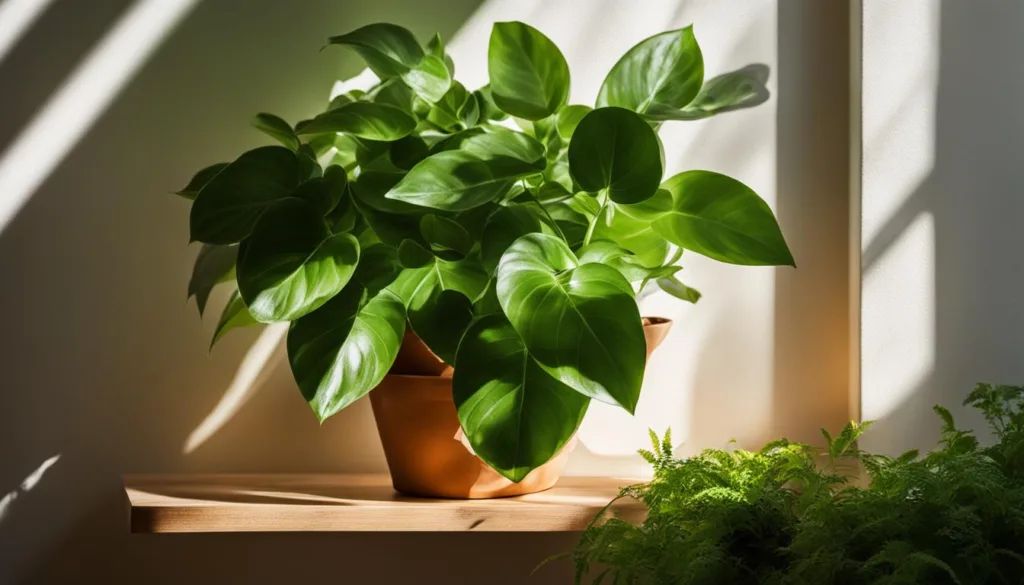
As I navigate the vibrant world of indoor gardening, a lush oasis within the comfort of my own home, I am constantly reminded of the delicate balance needed to maintain thriving indoor greenery.
It’s not simply about planting and expecting nature to do the rest; it’s an art form that requires attentiveness and specific knowledge tailored to each plant’s needs.
Few things bring me as much joy as seeing my best houseplants for clean air flourish, therefore, I’m excited to share with you my personal manual for indoor environmental health.
Essential Tips for Thriving Indoor Greenery
Every plant enthusiast knows the foundation of green interior design lies in understanding the trifecta of plant care: lighting, watering, and humidity. Take, for example, the peace lily, a household favorite.
Its preference for humid conditions and devotion to filtered light reward its owner with lush foliage and pristine white blooms, making it a staple in areas like bathrooms.
- Lighting: Different plants need varying levels of light. Some require the gentle kiss of indirect sunlight, while others bask in the glow of direct rays.
- Watering: The golden rule here is to avoid both underwatering and overwatering, as roots need a balanced environment, not a swamp or desert.
- Humidity: Certain plants crave moisture in the air. Without it, they would be as parched as the Sahara. Investing in a quality humidifier can sometimes be akin to giving your plant a spa day, every day.
For those seeking eco-friendly living tips, incorporating a regimen for your houseplants is a commendable step towards greener, healthier living. It won’t just brighten up your space; it’ll enhance your life quality.
Dealing with Common Houseplant Pests
However, the path of indoor horticulture is not without its thorns. Common houseplant pests like aphids, spider mites, and mealybugs can invade, unwelcomed, and compromise the vitality of your personal patch of eden. Vigilance is key.
Inspecting your plants regularly for any signs of these pesky intruders and taking immediate action can mean the difference between a flourishing paradise and a withering wasteland.
The following table highlights these common adversaries and offers non-toxic solutions to safeguard your botanical buddies:
| Pest | Description | The Telltale Signs | Eco-Friendly Solution |
|---|---|---|---|
| Aphids | Small sap-sucking insects | Yellowing leaves, sticky residue | Use a stream of water or introduce natural predators like ladybugs |
| Spider Mites | Tiny spider-like pests that weave webs | Fine webs on plants, speckled leaves | Increased humidity and wipe leaves with soapy water |
| Mealybugs | Small, white, fluffy bugs | White cottony substance, stunted growth | Apply neem oil or alcohol with a cotton swab |
Embracing these indoor gardening tips will arm you with the wisdom to deter these invertebrate invaders and ensure the enduring purifying benefits of your leafy air sentinels.
Remember, the best offense is a good defense when it comes to protecting your green haven from unwanted guests.
May your journey into the realm of indoor gardening be as rewarding and fulfilling as mine has been. Together, let’s nurture our green sanctuaries for a vibrant, health-promoting living space.
Maximizing the Benefits of Indoor Plants for Wellness
Delving deeper into my journey of embracing green living home tips, I’ve discovered that the benefits of indoor gardening extend far beyond air purification. It’s fascinating how these potted friends can do wonders for our mental and emotional states. As much as they cleanse the air we breathe, these indoor plants also contribute significantly to reducing stress and improving sleep quality.
Imagine coming home after a long day, to a personal sanctuary filled with tranquil greenery. Imagine the leaves whispering in the soft breeze of your living room, providing a symphony of peace and calmness.
This image is not merely a far-fetched dream but a tangible reality you can cultivate through indoor gardening. The health improvements with indoor plants are not just perceived; they are felt.
Plants are the unsung heroes in our homes, silently battling stress and fostering a tranquil environment that benefits our overall well-being.
Transforming your abode into a peaceful green space does more than provide aesthetic value; it actively promotes a balanced life. Here’s an insight into how incorporating plants into everyday spaces can uplift our life quality:
- Reduction in stress levels
- Elevation in mood and feelings of well-being
- Enhancement of focus and productivity
- Improvement in sleep patterns
Green Living Home Tips: Beyond Air Purification
As someone who has integrated indoor plants into virtually every corner of my home, I swear by the transformative power of flora on a physical, mental, and emotional level.
The quiet companionship of a flowering peace lily or the stoic presence of a robust snake plant can imbue a room with serenity and reduce the cacophony of the outside world to a mere whisper.
With these green living home tips, you can further elevate the nurturing atmosphere in your home:
- Choose plants with varying textures and colors to create a visually stimulating environment.
- Incorporate aromatic herbs like lavender and mint to engage your senses and promote relaxation.
- Group plants together to create your own mini indoor jungle for an immersive nature experience.
It’s no secret that wellbeing and nature are entwined, and with my little guide on how to befriend these leafy allies, I encourage you to embark on this green voyage. Embrace the health improvements with indoor plants in your life, one pot at a time.
| Plant | Wellness Benefit | Mood Impact | Sleep Quality |
|---|---|---|---|
| Snake Plant | Improves air quality | Calming | Enhances |
| Lavender | Aromatherapeutic | Uplifting | Supportive |
| Spider Plant | Filters out pollutants | Refreshing | Soothing |
| Peace Lily | Boosts humidity | Harmonizing | Promotes |
Through the presence of these natural marvels, I have created an oasis of tranquility within my home—a space where wellness meets aesthetics.
It is my hope that you, too, find inspiration to introduce these green companions into your abode and experience the cascade of benefits that follow. After all, indoor gardening is more than a hobby; it’s a pathway to a healthier, happier lifestyle.
As my exploration into the role of plants within our living quarters comes to a close, I am left with a heightened appreciation for the natural world’s offerings.
The journey of choosing the best plants for a healthier home environment has been enlightening, guiding me towards making informed decisions that align with sustainable living with houseplants.
It’s clear that with the right selection, an oasis that champions both aesthetics and wellness is entirely within reach.
Reflecting upon the countless benefits these botanical beauties provide, I am compelled to reinforce the importance of creating a healthy indoor ecosystem. This tranquil environment goes beyond pure decorative pleasure, extending into tangible health advantages such as improved air quality and heightened emotional well-being.
Such a sanctuary requires intentional choices, accentuating the need for non-toxic and allergy-friendly foliage, especially in the shared company of our cherished pets.
In summary, the steps to nurturing a verdant corner in your own home are clear and rewarding. From the lush peace lily in the serene bathroom to the stoic snake plant standing guard in the bedroom, each plant plays a vital role in reinforcing our domestic sanctum.
I am confident that by choosing the best plants for a healthier home environment, you too can assimilate nature’s purifiers into your abode, fostering a serene and robust habitat for all who dwell within.
FAQ
Why is indoor air quality often worse than outdoor air?
Indoor air can be 2-5 times more polluted than outdoor air because of higher concentrations of volatile organic compounds (VOCs) and other pollutants that originate from everyday household items such as smoke, carpets, paints, and plastics. These sources release toxins that can accumulate due to a lack of ventilation indoors.
What are the benefits of having air-purifying houseplants?
Air-purifying houseplants help in reducing harmful chemicals and pollutants from the air, allowing for a cleaner and healthier living environment. By absorbing toxins and releasing oxygen, they enhance air quality and can also contribute to reduced stress levels, improved mood, and overall well-being.
How does plant therapy contribute to cleaner indoor air?
Plant therapy utilizes the natural processes of plants to filter and cleanse the air. Through photosynthesis, plants take in carbon dioxide and release oxygen. They also have the ability to absorb airborne toxins like formaldehyde and benzene, acting as living air purifiers within our homes.
Which plants were identified in the NASA Clean Air Study as excellent air purifiers?
The NASA Clean Air Study identified a range of plants with exceptional air-purifying qualities, like the spider plant (Chlorophytum comosum), peace lily (Spathiphyllum), and various Dracaena species that have proven effective in diffusing harmful chemicals, such as formaldehyde, benzene, and trichloroethylene.
What kinds of indoor plants are good for low-light environments?
Plants that are well-suited for low-light environments include the peace lily, which thrives with minimal natural sunlight, as well as the spider plant and certain types of ferns. These plants can still absorb toxins effectively, making them ideal for areas with limited lighting.
Are there pet-friendly air-purifying plants?
Yes, there are several options for air-purifying plants that are safe for homes with pets. Boston fern, spider plant, and prayer plant are some of the non-toxic choices. It’s important to avoid certain plants that are harmful to animals, such as snake plants and English ivy.
What are some non-toxic houseplants for a safe home?
Some eco-friendly and non-toxic houseplants that can help maintain a safe home environment include the bamboo palm and gerbera daisies, which can efficiently filter airborne chemicals and are also safe for households with sensitivities, allergies, and pets.
Can you provide some tips for thriving indoor greenery?
To ensure your indoor plants thrive, it’s important to understand their specific needs. Regular watering, adequate lighting, and maintaining the right humidity levels are key. Each plant has different requirements; for example, peace lilies prefer humid conditions and should be placed in filtered light.
How do I manage common houseplant pests?
Monitor your houseplants for signs of pests and manage infestations with non-toxic methods. Regularly inspecting leaves and soil can help you catch issues early, and treatments like insecticidal soap or neem oil can be effective, eco-friendly solutions.
What are some additional wellness benefits offered by indoor plants?
Beyond air purification, indoor plants can help reduce stress, improve concentration, and even promote better sleep quality. Having a bit of nature indoors creates a calming environment and is known to boost mood and create a sense of tranquility.
How do I choose the best plants for my home environment?
When selecting the best plants for your home, consider the light conditions, space, and whether you have pets or allergy concerns. Aim for a mix of plant types that can thrive in your specific environment and choose varieties known for their air-purifying capabilities to create a healthy indoor ecosystem.


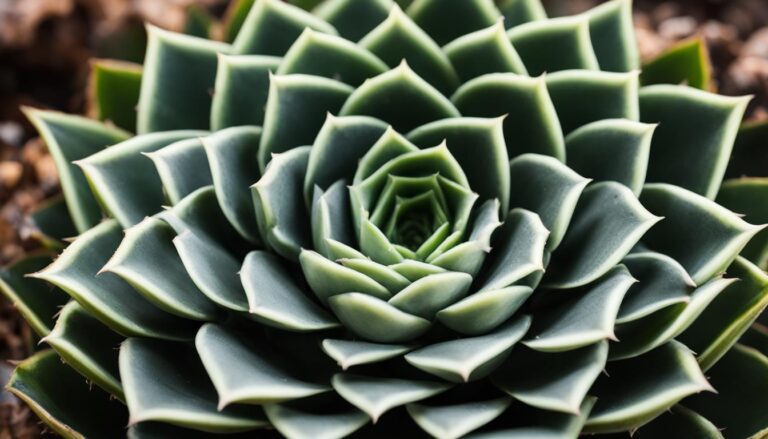
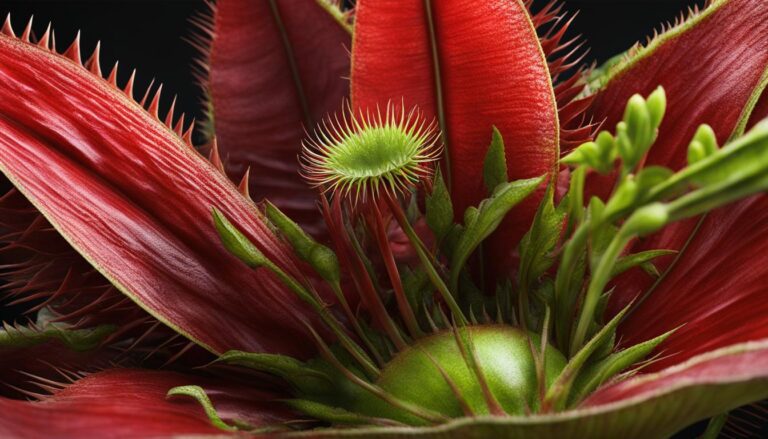
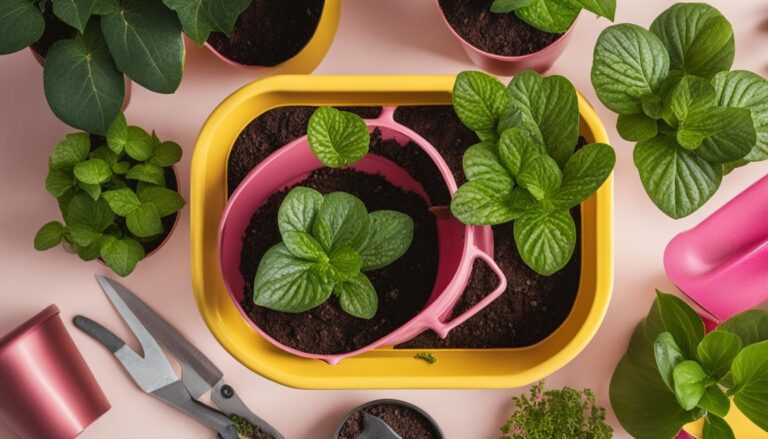

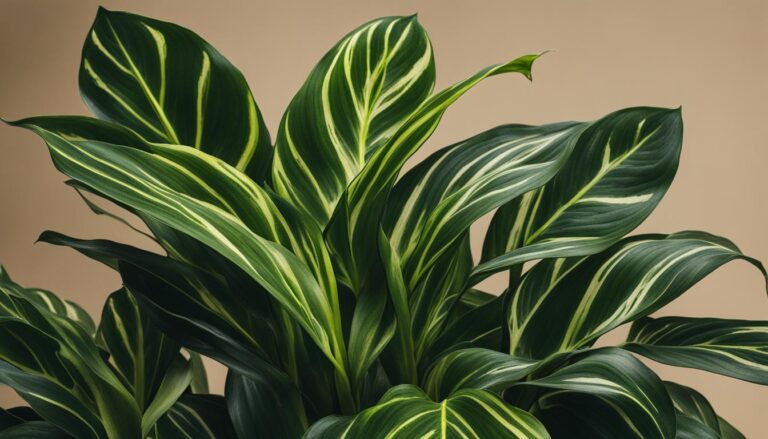
[url=http://fjksldhyaodh.com/]Aasewoj[/url] Epsuzzotu phs.nyhd.planthesaurus.com.gna.bl http://fjksldhyaodh.com/
great article
Excellent write-up